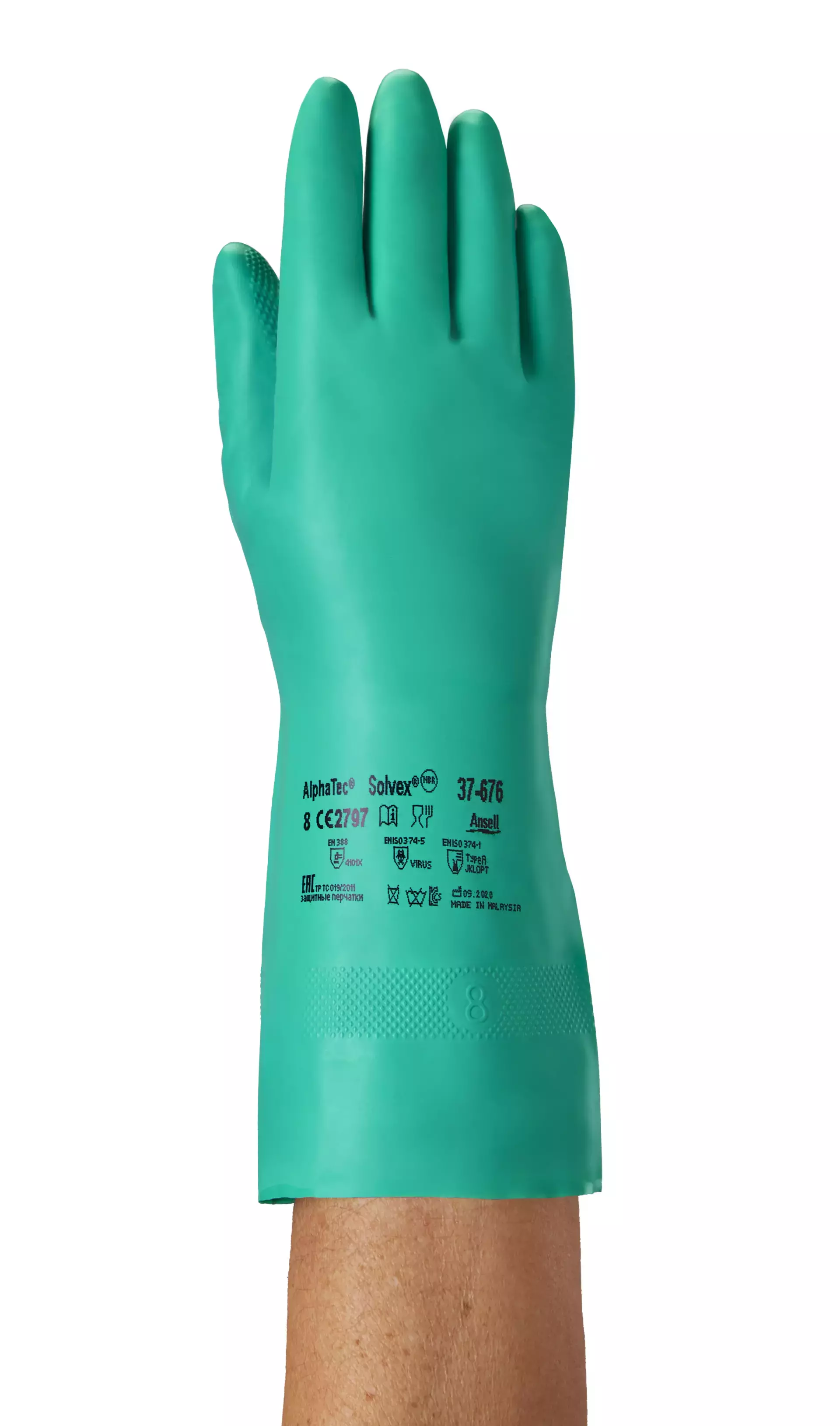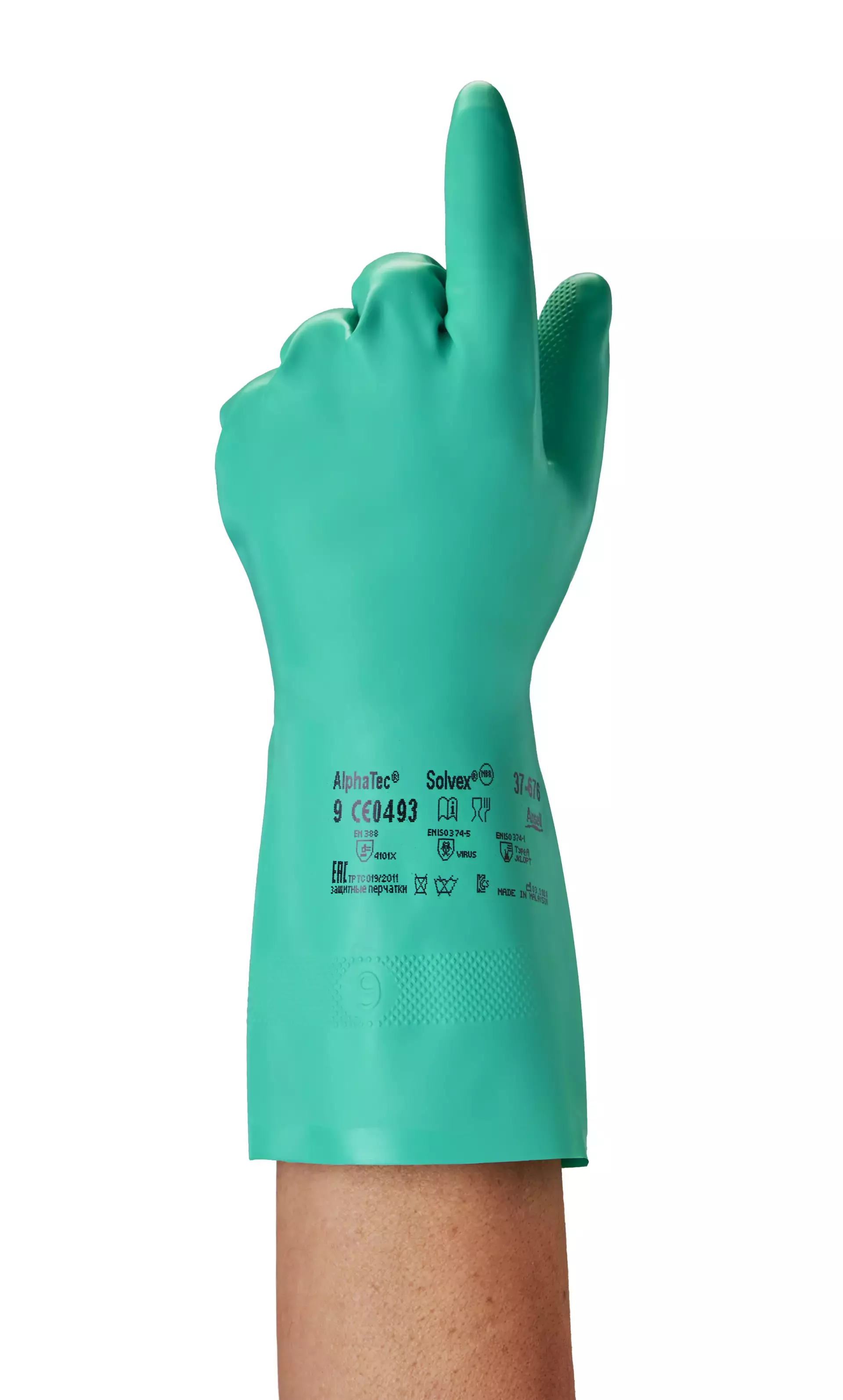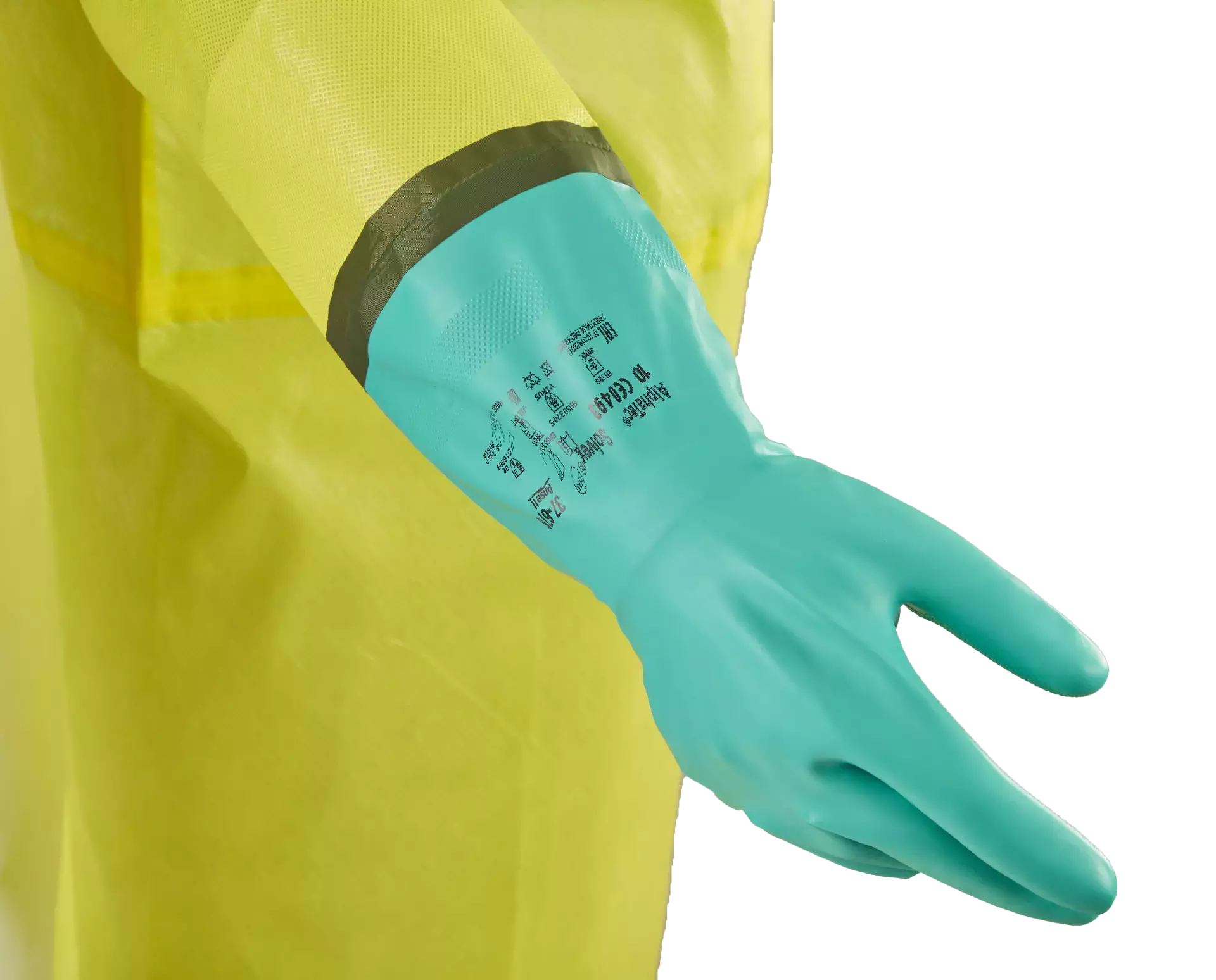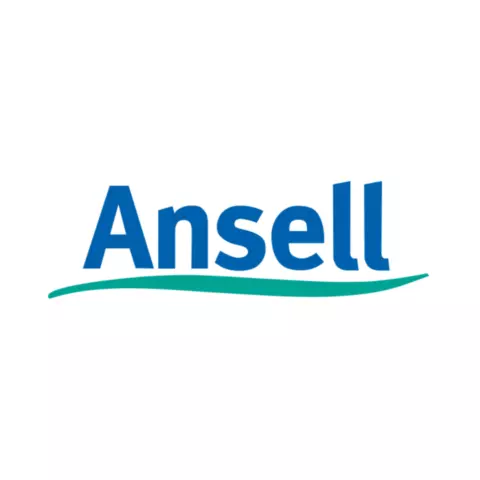AlphaTec Solvex 37-676
4.4 / 5
Product description
Description
Elevated comfort: AlphaTec® Solvex® 37-676 safety gloves’ cotton flocking absorbs perspiration
Enhanced grip: Their reversed lozenge finish grants them better grip, for secure handling
Specialized protection: A high-performance nitrile compound composition delivers EN 374 Type A chemical resistance
Optimized durability: AlphaTec® Solvex® 37-676 industrial gloves’ nitrile composition ensures longer wear than similarly thick neoprene or rubber equivalents, with EN level 4 and ANSI level 5 abrasion resistance
Guaranteed dexterity: Their slightly thicker 17 mil/0.43mm make-up belies their ample dexterity
Food handling compliance: Ideal in both wet and dry conditions, these AlphaTec® gloves comply with EU and FDA food handling regulations
Recommended for
Delivery of parts to production line
All food processing applications that have food contact
Forging operations
General pumping work
Handling incoming goods
Filling, blending and charging of raw materials
Opening and draining pumps valves or lines
Loading and unloading of proces equipment
Transferring liquids and solids between vessels and tanks and process equipment
Supervision of running operation
Handling outgoing goods: cans, vessels, bulkpack and cartons
Testing
Opening furnaces draining pumps valves or lines and crackers BTX process
Painting or cleaning tools or robots
Product Details
Antistatic: Yes En1149
Available Sizes: 7, 8, 9, 10, 11
Chlorinated: Yes
Coating Color: Green
Coating Material: Nitrile
Construction: Unsupported
Cuff Style: Gauntlet
Grip Design: Reversed Lozenge
Latex Free: Yes
Silicone Free: Yes
Length (Mm/Inches): 330 / 13
Palm Thickness (Mm/Mil): 0.43 / 16.9
About Reusable Nitrile Gloves
Reusable Nitrile Gloves offer superior chemical resistance and durability for industrial, laboratory, and food handling tasks. Made from synthetic rubber, these latex-free gloves provide excellent grip and tactile sensitivity while protecting hands from chemicals, oils, and punctures through multiple uses.
- Chemical Resistance
- Cut Resistant
- Food Service
- Electrical Protection
- Antimicrobial Protection
- Hand Protection
Standards and labels
Ansell delivery terms
Free delivery for all Ansell products
337,59 €
Price per 12 packages (144 pairs)
2,34 € / pair
Free delivery
A carton contains 12 packages (144 pairs)





